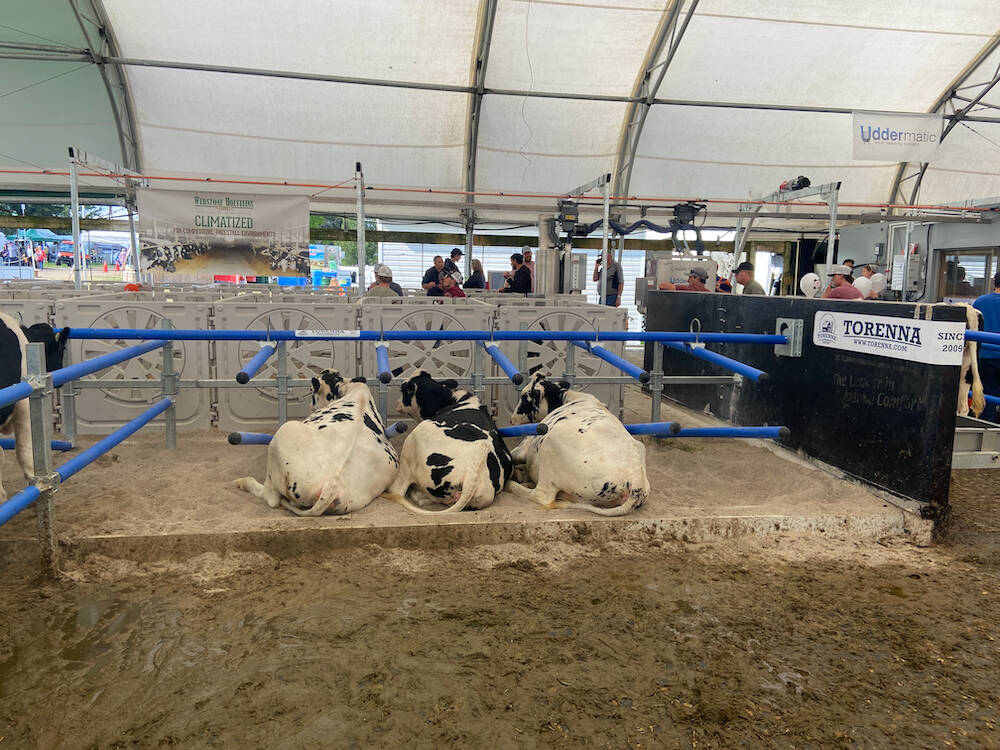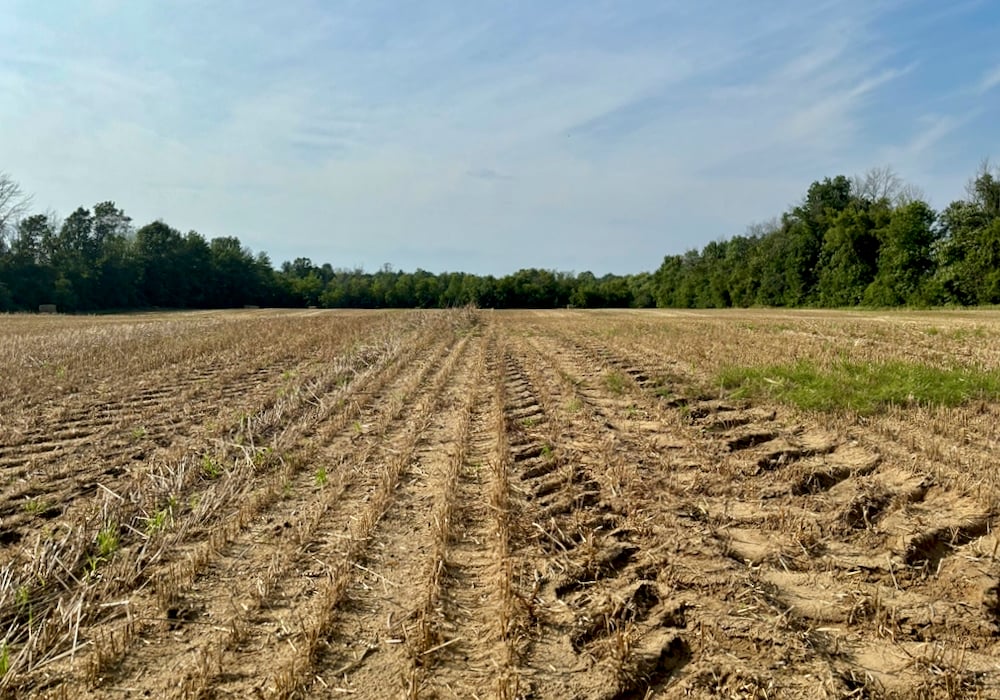Discussing a livestock hub at Canada’s Outdoor Farm Show 2024

Most of the excitement in agriculture technology is in crops and soils, and the data produced in those areas.
Read Also


Managing bare soils in the field after harvest
Much of the province has completed harvest of both winter and spring cereals over the last two months. Growers must…
There’s less focus on livestock, and in fact some antipathy towards livestock, as many millions have been invested in meat alternatives.
It feels to me as I listen to the venture capitalists that they’re cheering for lab-grown protein over livestock, despite the value of livestock in managing climate challenges, providing rural economic development, especially in less fortunate countries, and the ancient relationship that humans have with animals.
I see some change, however. There are programs across the country encouraging livestock farmers to make better use of their data. There’s a real push for new technology in the beef sector, which has often been passed by in the technology revolution in agriculture in the past couple of decades because of the challenging margins for beef producers, especially on the calf side.
There are new technologies like in-field or in-barn weighing scales that help target weights for health monitoring or identifying readiness for harvest. As traceability moves at a glacial, but inevitable pace into the beef sector, technology is being created that makes managing traceability quicker and more automatic.
Virtual fencing has some real potential.
Canada’s Outdoor Farm Show has long been a place where livestock technology has been showcased, including 20 years ago with the side-by-side showcase of automated milking technology. It remains the only place in the world where that has happened at a trade show.
Milking with robots is common now, and the show has had to pivot to new dairy and livestock technologies to showcase. This year there will be livestock technology companies in the Dairy Innovation Centre, and EastGen will also host a discussion of the use of genomic technology in breeding decisions.
The livestock category in the show’s innovation competition continues to attract leading new technologies.
I get a great injection of livestock tech ideas at the show, and the exposure for livestock technology companies is excellent, but the show is three days in a year. Valuable agriculture technology investors and hubs have grown in Ontario in the past 10 years, including RHA Ventures and Ag Capital Canada. Bioenterprise is growing into its national role as provider of programs and supports for agriculture technology. It recently named Bethany Deshpande, founder of Soma Detect as a dairy sector advisor. However, a livestock-specific hub would make sense. It would be a resource for livestock technology companies, connecting them with farmers and the industry and provide a one-stop shop for a funder network.
Canada has long been an adopter of livestock technology created elsewhere, but with the intensive and diverse livestock sector here, there’s opportunity to be a growth driver in technology that solves problems here. That technology can then be exported around the world.
I’m loath to create new entities as we already have enough organizations in agriculture, but a livestock tech hub could fit within a division of an already existing ag tech hub. It would also make sense as a function of the Livestock Research Innovation Corporation, which already brings together funding from producers to pay for research. It also plays a role in networking and connection across livestock sectors.
If you see me at Canada’s Outdoor Farm Show, let me know what you think about how livestock technology can be better supported in Ontario.
Source: Farmtario.com

